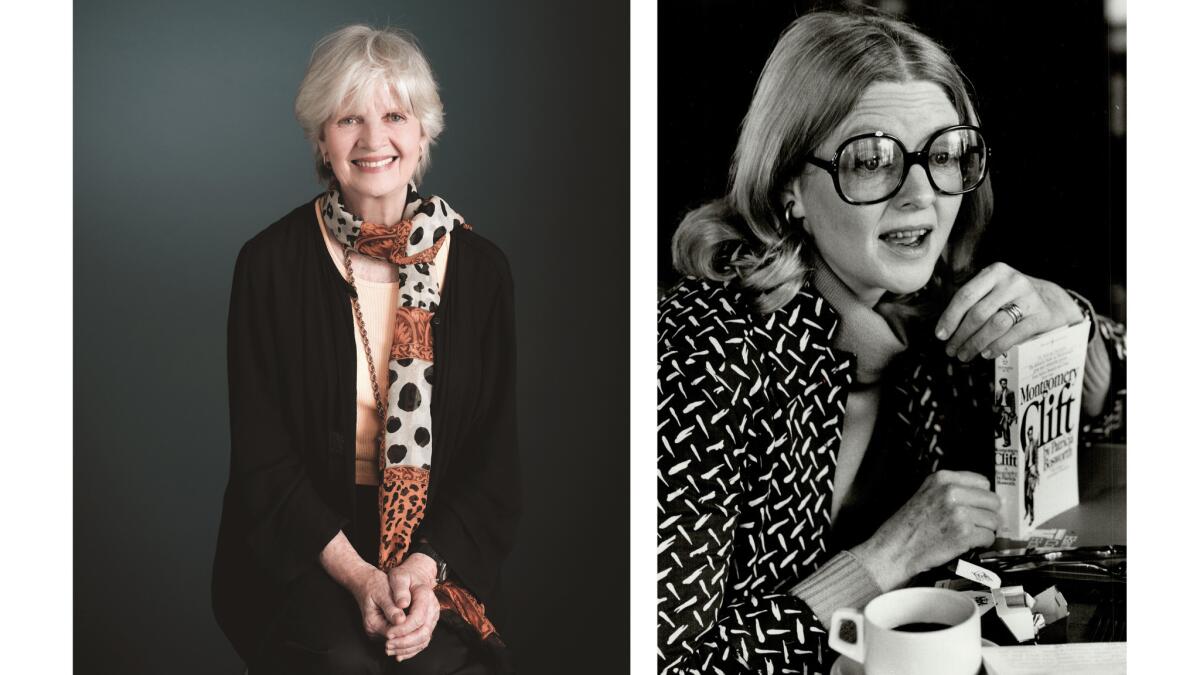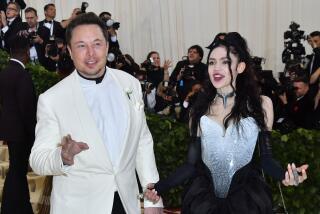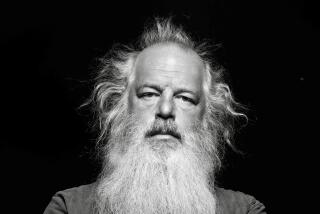In the 1950s, Patricia Bosworth acted with the best, married the worst, and lost those she loved
Although Patricia Bosworth’s new memoir is set in the 1950s, it is urgent and essential reading, especially for young women. Parts of it are also terrifying.
Bosworth, best known for biographies of Diane Arbus, Montgomery Clift, and Jane Fonda, intended her book to entertain, which it does, thanks to her graceful prose and firsthand encounters with the greatest movie stars of her era. But in charting her young adulthood during the 1950s — and examining the suicides of her brother and father — she paints a harrowing portrait of a decade that, because of the recent election, is no longer a quaint horror in the distant past. Washington’s current regime seems ready to restore the values of the 1950s. In her brisk, candid tale, Bosworth shows how crippling and destructive those values were.
“The Men in My Life” begins in a world of privilege. The “men” she references are her father and brother. Bosworth recounts a San Francisco childhood insulated from economic stress — until 1949, when her father, Bartly Crum, a left-wing Roman Catholic lawyer, defended the Hollywood Ten, screenwriters who refused to cooperate when subpoenaed by the House Un-American Activities Committee. Her father’s “wealthy corporate clientele virtually disappeared with the advent of McCarthyism,” Bosworth writes. But Crum endured, moving his family to New York, and securing lucrative work — Rita Hayworth’s divorce from Prince Aly Khan. Still, money worries and FBI surveillance wore him down. He began a descent into booze and drugs that ended in suicide.
Although Crum was in Manhattan, he still had Hollywood clients. Bosworth recalls finding Montgomery Clift lying on the floor of her family’s brownstone one afternoon, yakking with her dad. Transfixed by the beautiful, chain-smoking star, she stole one of his cigarette butts to preserve in waxed paper. “At the time I wasn’t aware that Monty was gay,” she writes. “No one was. Everybody was very antigay in the fifties and acting straight was important.”

The decade’s persecution of homosexuals — along with its condemnation of pre-marital sex and abortion — are themes in Bosworth’s story. Her brother fell victim to homophobia. When he and she were kids, they shared secrets — until he had something to hide. As a teenager, he was booted from Deerfield Academy after the suicide of a classmate with whom he had had an erotic encounter. Plunged into depression, he stumbled first to MIT then to Reed College, where he ended his own life.
Bosworth, meanwhile, made another ’50s-era mistake — confusing sexual passion with love. While finishing her degree at Sarah Lawrence, she eloped with a dead-broke fortune-hunter who beat her up. Worse, she assumed domestic violence was a normal part of marriage. After her husband tried to strangle her, she begged her father to help, which he did. Because she was not married in the church (and thus not “really” married) he facilitated a Reno divorce.
“Years later I would wonder why I’d allowed myself to become such a victim,” she writes. “It was a question I’d never addressed during the marriage itself; I was too ashamed to tell anyone how severely Jason was abusing me physically and psychologically. I kept myself frantically busy so I wouldn’t have to think.”
Her life improved in 1955, when against great odds, she successfully auditioned for the Actors Studio. There she mingled with the likes of Lee Strasburg, Jane Fonda, Steve McQueen and Marilyn Monroe, whom she complimented on her lavish pearls. “I got them from the emperor,” Monroe said, explaining that Japan’s Emperor Hirohito and her husband, Joe DiMaggio, were pals. Bosworth also rebuffed countless passes, including one from legendary director Elia Kazan. In the ’50s, men tended to view women as objects, which made it hard for women to own their subjectivity. But through “Method” acting — mining life experience to help inhabit a character — Bosworth developed a sense of self.
“The Men in My Life” is scariest on the subject of abortion — illegal and often fatal. After she joined the Actors Studio, director Arthur Penn cast her in “Blue Denim,” a play about a teenage girl who needs an abortion — though the word “abortion” was only mentioned once.
Bosworth struggled to play the girl, frustrating Penn. He finally locked her in a closet until she was willing to scream a certain four-letter word, which she had balked at doing. Inside, she had a breakthrough — envisioning the cramped space as a dirty abortionist’s office. She shouted the word. Penn let her out. Her performance was a triumph.
In 1958, however, the imagined horror of abortion became real. She learned she was pregnant — shortly after receiving her big Hollywood break: the part of Audrey Hepburn’s “devout, clumsy” friend in Fred Zinnemann’s “The Nun’s Story.”
The pressure was on. She had to fly to Rome for the movie. She and the father (who did not want to be a parent) raced to find a doctor. “There was so much misinformation and there were so many dangerous ‘abortion mills,’” she writes.
The doctor was inattentive. He gave her pills to prevent hemorrhaging — without emphasizing their importance. En route to Rome, she lost the pills. She began to bleed. “I may die,” she realized.
Then something miraculous happened. In Rome, as the bleeding worsened, she was sent to Sister Rose, a real-life nursing nun, to research her part. She confided in the nun, who, without judgment, sent her to the hospital. She survived. You have been saved “for something,” the nun said. “There is a reason you are still alive.”
Bosworth has accomplished much since 1958. Choosing to write rather than perform, she has excelled at memoir, biography and literary journalism. But Sister Rose and I would likely disagree on her greatest recent achievement: bravely bearing witness to the perils of an illegal abortion — at a time when a new political regime threatens to end women’s hard-won reproductive rights.
Lord is the author of “The Accidental Feminist: How Elizabeth Taylor Raised Our Consciousness and We Were Too Distracted by Her Beauty to Notice.”
“The Men in My Life: A Memoir of Love and Art in 1950s Manhattan”
Patricia Bosworth
Harper: 384 pp., $27.99
More to Read
Sign up for our Book Club newsletter
Get the latest news, events and more from the Los Angeles Times Book Club, and help us get L.A. reading and talking.
You may occasionally receive promotional content from the Los Angeles Times.






